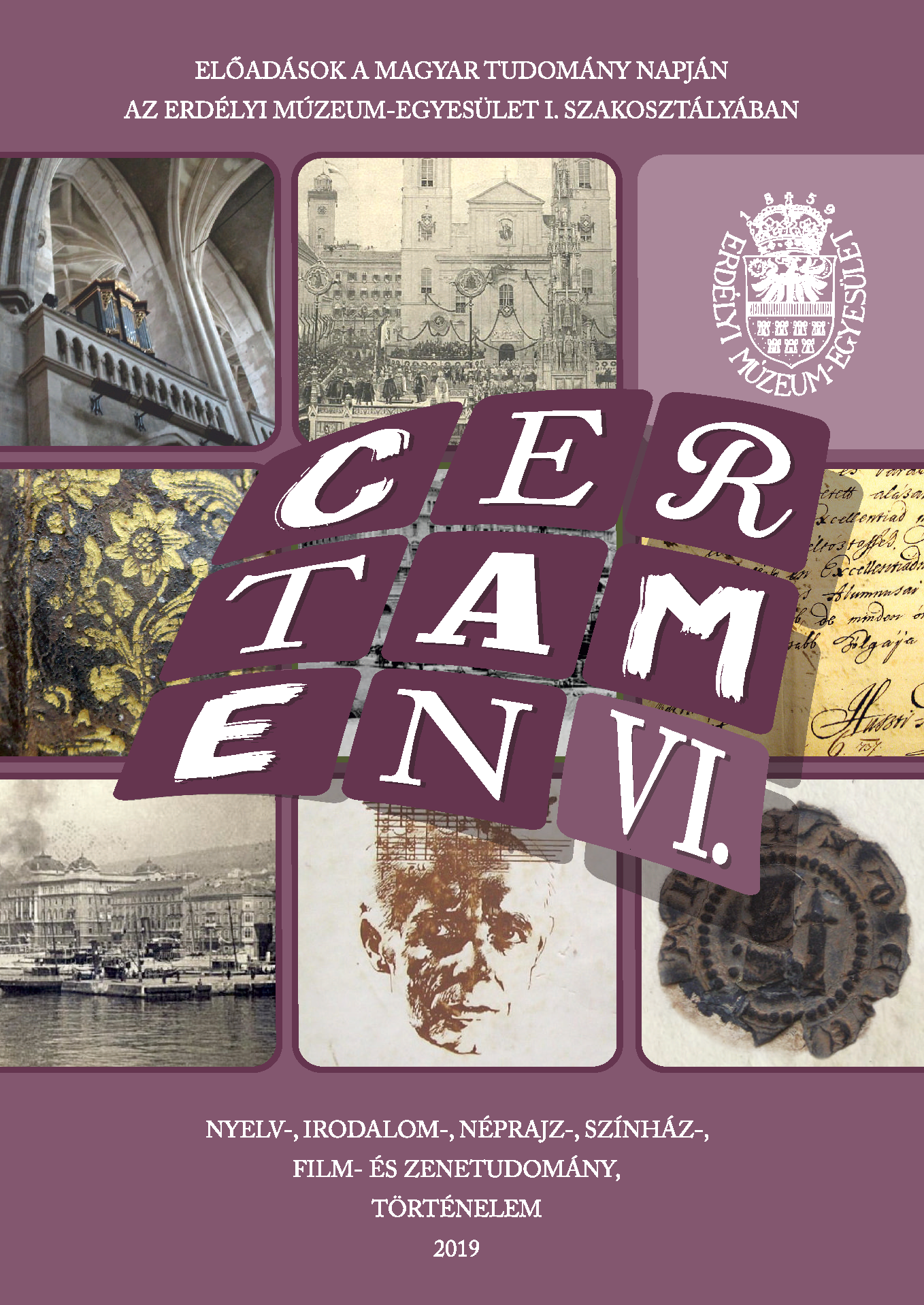Erdélyiek a wittenbergi magyar coetusban
Transylvanian Students in the Hungarian Coetus of Wittenberg
Author(s): András SzabóSubject(s): Cultural history, History of ideas, 16th Century, 17th Century
Published by: Erdélyi Múzeum-Egyesület
Keywords: University of Wittenberg; Melanchthon; Hungarian coetus; Transylvanian reformed church in the 16th century
Summary/Abstract: The Hungarian coetus of Wittenberg was founded in June 1555 with the support of Philipp Melanchthon, and ended its activity in 1613. The members of the community played an important role in the education of the first generations of the Hungarian Calvinists. Although our sources on the 16th century history of the Transylvanian reformed church are scarce, it proved to be enough to identify thirty-three members originating from this region. Following their peregrinations, four of them fulfilled their carrier outside Transylvania, another four were prosperous nobles, but the majority most probably returned home and served their homeland. Twenty-nine of them came from outside Transylvania, – either from the Ottoman Empire, from the Parts (Partium Regni Hungariae) that belonged to Transylvania, or from the Hungarian Kingdom which was under Habsburg supremacy, – but continued their carrier here. Three, possibly four members of the coetus became priests of the Unitarian and another one of the Lutheran church. Among other members, there was a Transylvanian Saxon student of Lutheran religion, the only exception of this kind. After their return to Transylvania, the places of their activities mark the ecclesiastical centres of the contemporary Reformed church, mainly in the southern part of the state. Many members of their group became either leaders in the Reformed church, or priests and professors of the most important places of the Principality.
Journal: Certamen
- Issue Year: 2019
- Issue No: VI
- Page Range: 173-179
- Page Count: 7
- Language: Hungarian

